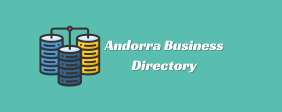For a complete picture of our comparison between 2014 and 2015, we have list the figures from both studies and plac them side by side in the table below. We would like to make a clear note here: these figures are bas on a one- off sample and this should be taken into account when interpreting the results. Nevertheless, the table does provide a number of interesting insights.
Table Comparison of insurers’ response time 2014 vs. 2015
What does this mean for our insurers?
Looking at the results of our research in 2015, the question is whether the emerging omnichannel poland phone number library dialogue that we first notic in 2014 is still applicable or whether clear steps have been taken in this direction. The response time via e-mail/website remains a sore point and Twitter has shown an interesting result this year.
Only for Facebook no major differences can be found compar to 2014.
We are not yet experiencing the pure omnichannel experience with our insurers, but perhaps this will manifest itself in other forms or in the future.
In addition to the results of this comparison, there are still a few other question marks left and right, because why is it possible to respond within 1 working day via Facebook, but does it take multiple working days to respond to an e-mail message? To what extent is there communication singapore lead between the different channels, can the Facebook team see that we also ask our question via the contact form on the website? And what about the follow-up of the sales opportunity, will we edtech opportunities in the post-covid-19 world be contact soon to check whether we have reach an agreement? It is not entirely clear where the insurers want to go with their omni-channel strategies, but one thing is clear in any case, if you want a response from your insurer as soon as possible, it is best to just make an old-fashion phone call…
